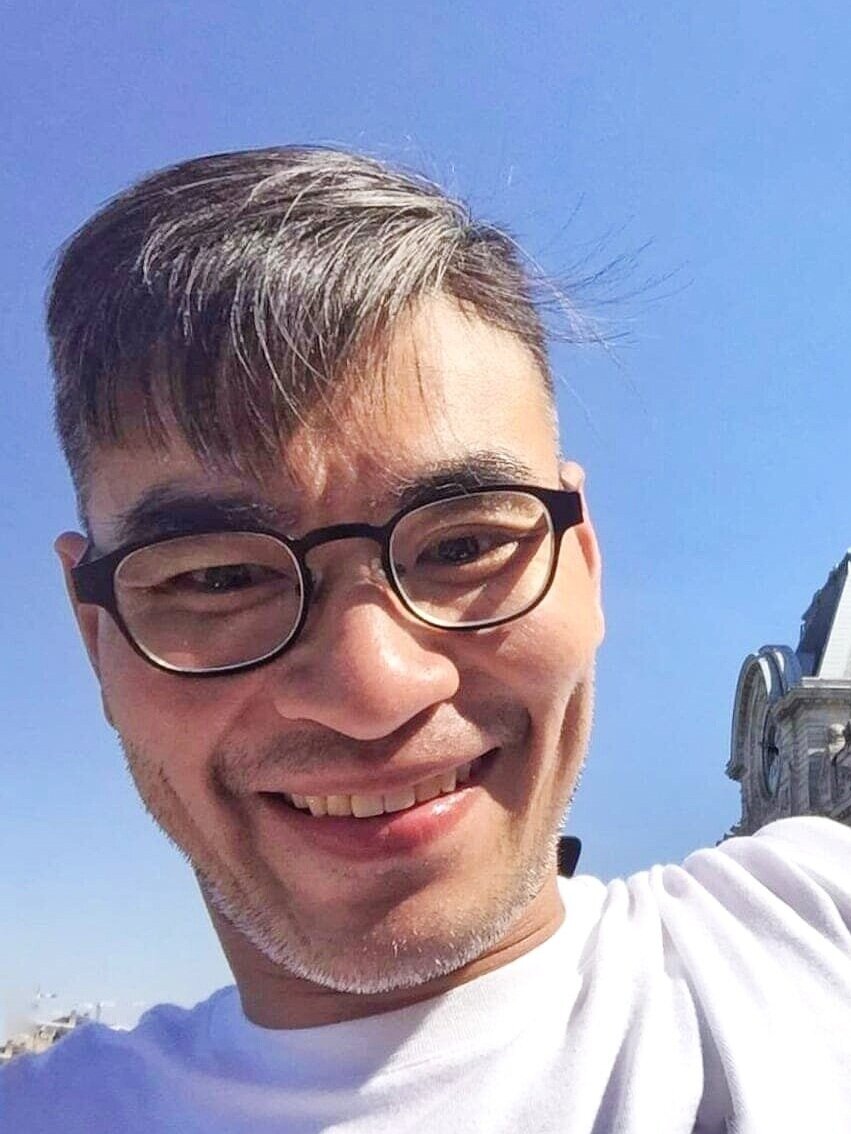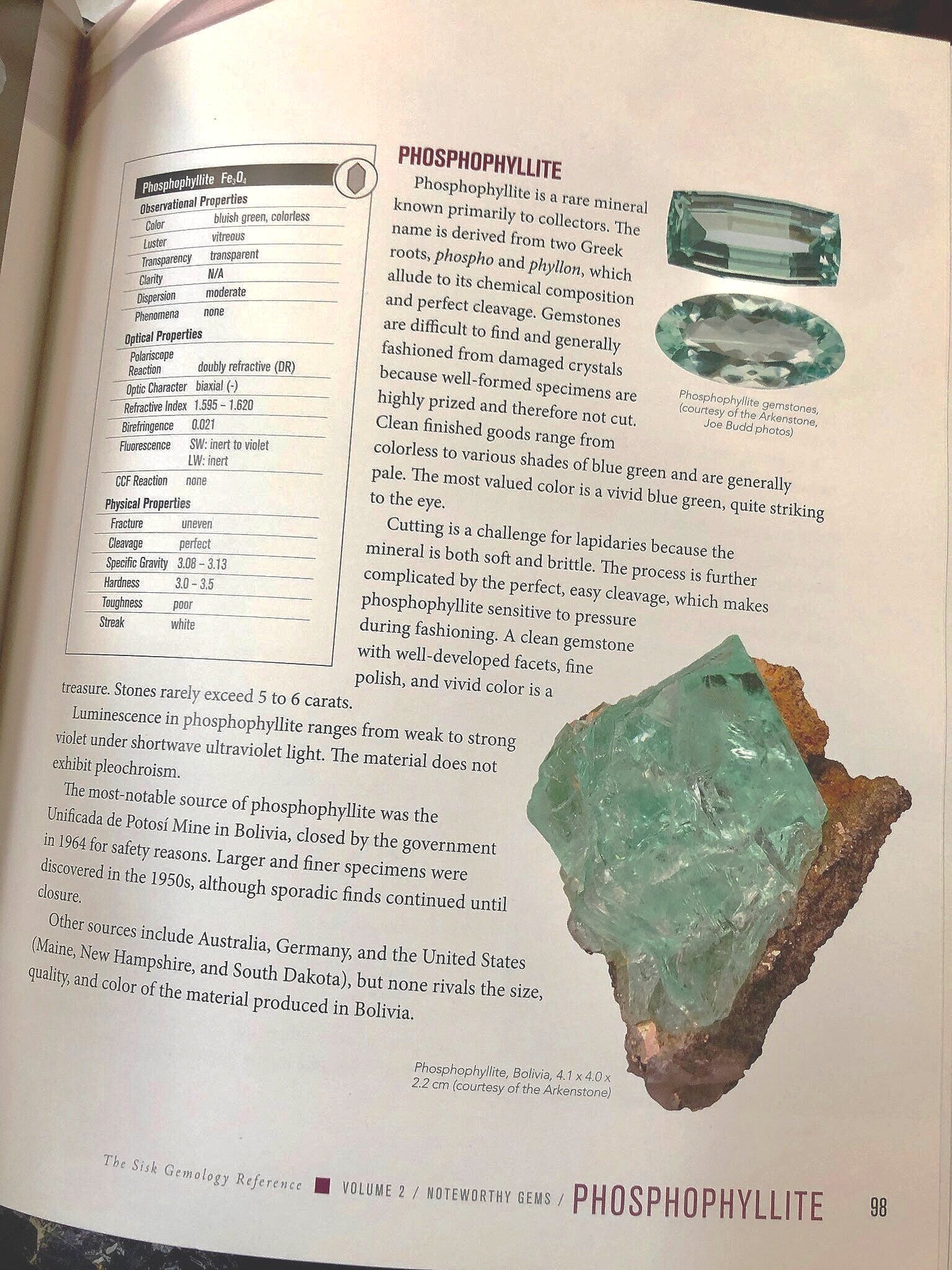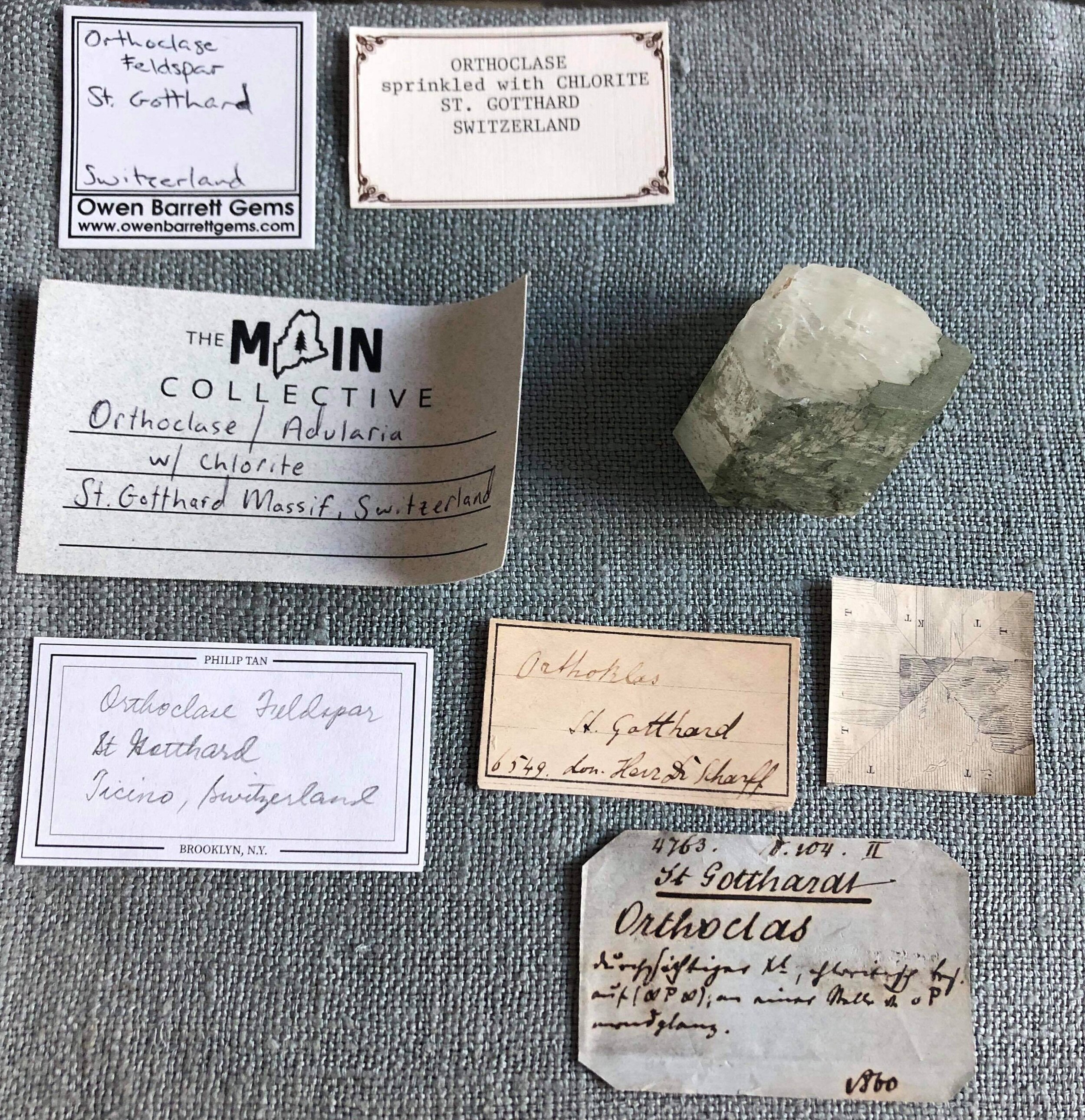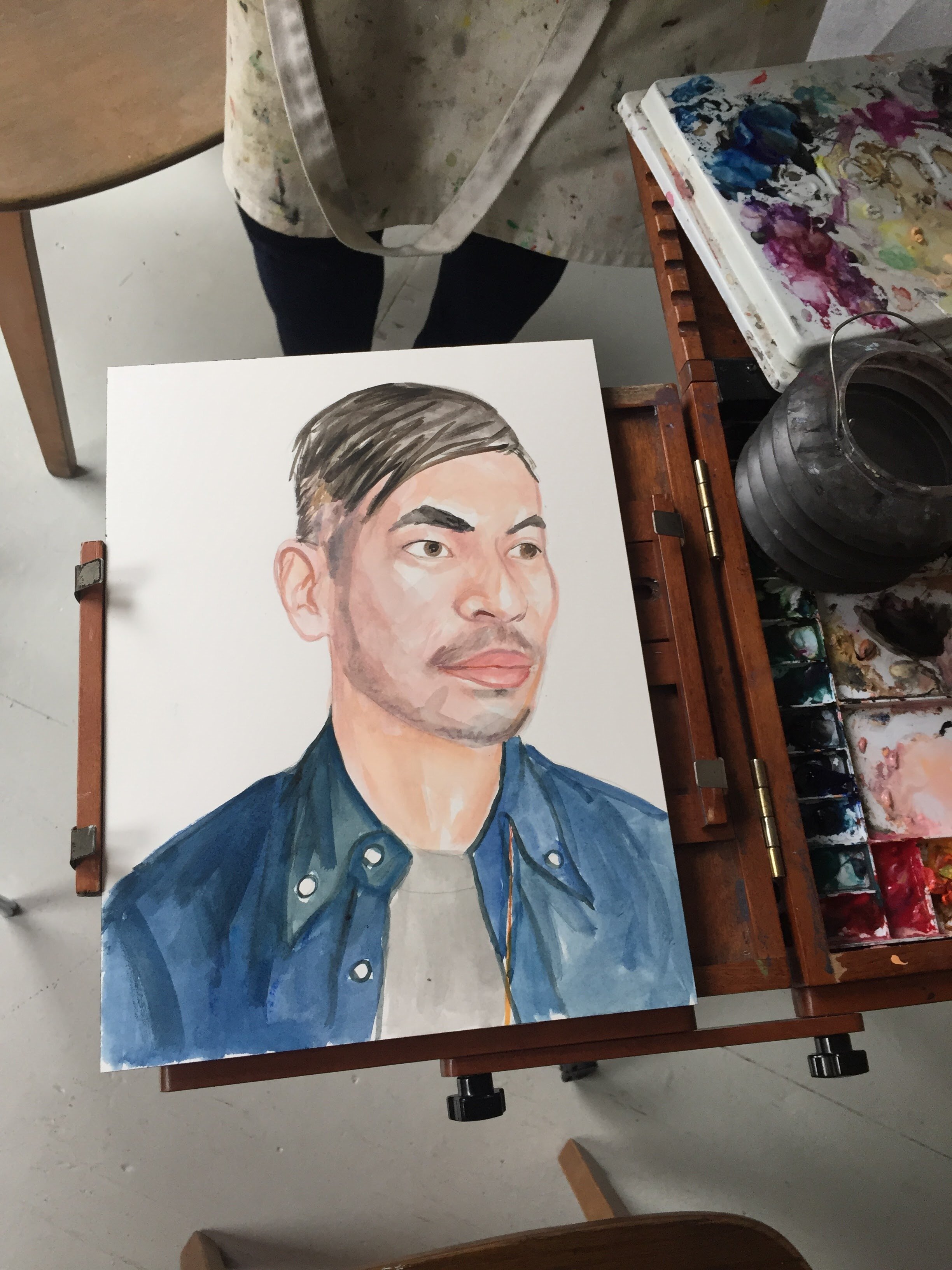Collector Spotlight: Philip Tan






1. How many years have you been collecting, and what started your passion?
I have been a serious collector for about five years, but the seeds for my passion were sown about a dozen years ago when a filmmaker friend of mine took me to visit Jack Halpern and his mineral and orchid collection in San Francisco. I was immediately taken by his passion. What struck me was the diversity and sheer number of specimens in his collection. His philosophy of “seeking the beautiful” remains with me to this day. I wish I could tell him that I became a mineral collector because of him.
2. What is the focus of your collection, and has it changed over time? Why?
As a art historian/archivist by profession, I was attracted to gem minerals first through the material I studied from art museums. I still love all gems, but my focus has narrowed to Southern California/Connecticut/Maine/European minerals. I also developed a fondness for Swiss alpine minerals and specimens that can be attributed to the 19th century. “Intellectual old oddities” as Rob Lavinsky once wrote about some of Kay Robertson’s specimens.
3. What do you like to do outside of mineral collecting?
I am currently the archivist for two artists in New York City. I was born a collector - in addition to minerals I have a collection of Korean and Chinese ceramics with a special focus on objects made for the tea ceremony. I also have a collection of contemporary art gifted to me by artists over the course of my career. I love classical music and I go to as many concerts and operas I can. When I travel, I go to mineral and art museums by day and attend concerts at night.
4. What's your favorite species? Why?
I love tourmaline because of the variety of color, crystal formation, associated minerals and its occurrence all over the world. I also love it because of its history and its use in jewelry and decorative arts. Plus they make great pocket rocks! I think everyone has to have a pocket rock. Silver is right up there too though for its history and beauty (the darker the patina the better, by the way.)
5. Is there anyone who has inspired you in this field? Do you look up to the collection of someone in particular?
I am inspired by all of my friends and dealers in the mineral community who have helped me acquire and trade specimens, focus my collection and attention, shared knowledge and resources and encouraged me to keep learning and in turn to share with other fellow collectors.
6. What is your favorite/dream specimen outside of your collection? Why?
My favorite mineral specimen outside of my collection is such a hard question to answer. I love so many of them, and of course I am biased towards the material I collect myself: Pinch Nambulite (Ottawa), The Subway Garnet (AMNH), The Kongsberg “C” silver specimen (Copenhagen). At the end of the day I must say that the great hessite at the Natural History Museum in Vienna is my favorite specimen both for its unusually large size, rarity and history. I went on a special trip to see that one.
7. What impact has YMC had on you as a collector and where do you see it heading in the future?
YMC’s impact on my collecting has been phenomenal. I used to have only a small circle of friends who I was close to, but now I have a large tight knit crew of like-minded collectors that I can ask any type of question from mineralogy related to travel to acquisitions. YMC members have helped me create my labels, tag me on specimens I find interesting and help me learn about the science, chemistry and mineralogy and about localities. In the future I would like to visit my YMC friends and also visit localities, museums and mineral shows. I have only gone digging once (at Mt. Mica, Maine) and I would like to do more of that. I would also like to help members with building up their collections the way I was helped in building mine.
8. If you could give any advice to someone new to the hobby, what would it be?
My advice to fellow collectors is to be patient and to find a group around you that you can rely on for good feedback. Identify some goals for your collecting activities and be able to do justice to one area of the hobby that speaks to you. Cultivate good relationships with other collectors. Gather knowledge as much as you gather specimens. Have fun and if i can paraphrase what Dave Wilbert once said: appreciate the time, money and effort it took to acquire your collection; enjoy what you have.

